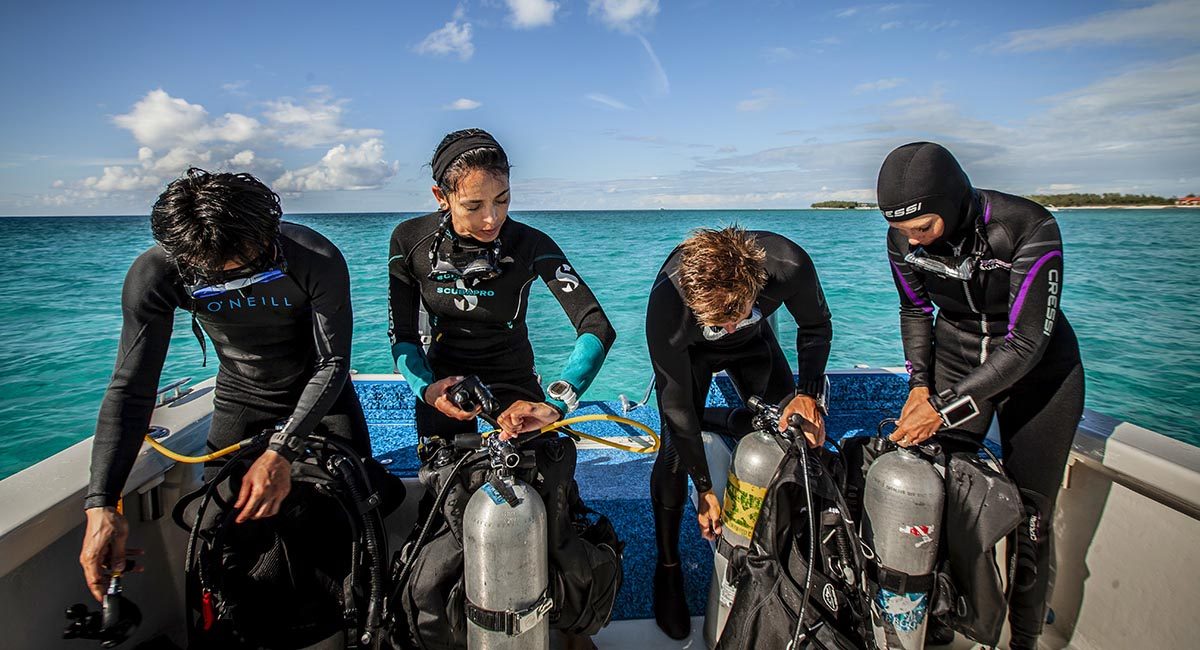1
Maintain your equipment regularly and inspect any rental equipment carefully.
2
Use a written predive checklist and plan the maximum depth and duration of your dive that can be safely achieved with the available supply.
3
Open the tank valve all the way. (Consider buying a tank with an open/close valve indicator.)
4
Conduct a predive test breath on your regulator and make sure your tank is full before the dive. Also, check the gas line and complete an in-water buddy check before descending.
5
Carry an independent emergency gas reserve. Two independent gas sources are better than one. It may help you in your own emergency or if another diver requests your breathing gas.
6
Monitor your tank pressure at regular intervals.
7
Stay within your dive training limits.
8
Turn back when you exhaust half of your available gas supply and make sure you conserve enough air for flotation on the surface.
| Before the Dive | Turn Back | Bring to the Surface |
|---|---|---|
| 3000 psi | 1500 psi | 500 psi |
9
Adjust your buoyancy in protected, shallow water. If you find you have buoyancy problems, abort the dive and fix the problem.
Safety Starts With You
This is an easily avoidable mistake that can carry serious repercussions. The best strategy is not to run out of gas. If you run out of your gas toward the end of dive, your buddies are probably also low on gas and there may not be enough supply to manage two stressed divers. Monitoring your gas supply is a simple step to preventing a serious situation. Dive safely.
